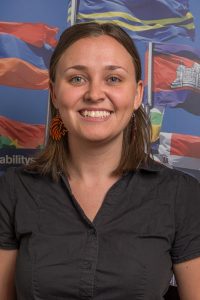
Wildlife and People in Kruger National Park
By day three in South Africa, we were all ready to get out of the classroom and see some lions! We had just spent two days in a research camp tantalizingly close to the border of Kruger National Park, but before we could actually go into the park, we had to sit through a number of lectures on park management, South African history and human-environment relations. As it turns out, these lectures would profoundly influence my experiences in the park, but by the time we finally drove up to the entrance gate in our game drive vehicles (GDVs), I was definitely ready to stop talking and start rolling!
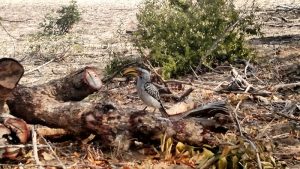
The ranger who let us through the gate smiled, pointed at a hornbill, and said, “Look, Zazu!” Sure enough, it was the bird we all know and love from The Lion King, a movie that might be the only real connection most Americans have to Africa. For the next seven hours we drove all around the park in our GDVs, which are basically big twelve-person jeeps with open sides that let in the dust and wind and sun.
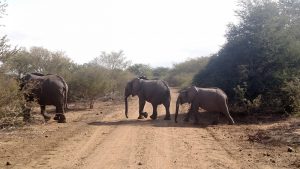
We saw a mother elephant and two calves cross the road behind us. We fought our way through a cluster of cars to watch a pride of lions snoozing in the sun. We watched a large family of baboons run and play, the babies clinging to their mothers’ backs. We saw warthogs and zebra and buffalo and giraffes and LOTS of impala, a beautiful antelope that one guide called “the McDonald’s of the bush” because of its importance as a food source to so many other animals. Luck was with us that day and we even had the rare opportunity to spot a leopard and a cheetah. The whole day was one of the most amazing and memorable experiences of my life. I have never been to another place where wildlife is so omnipresent and it makes you very conscious of the fact that you are sharing this world with other creatures.
This feeling was reinforced the next morning when we went out on a bush walk. For safety reasons, most tourism within Kruger takes place inside vehicles. So for this foray on foot we were accompanied by two armed rangers, Patrick and Promise. They gave us such fun instructions as, “don’t run if an animal approaches you, just stand your ground” and “whatever you do, don’t get in front of the rifles!”
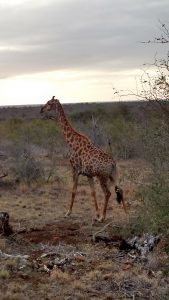
We didn’t encounter many large animals on our walk, except for the occasional giraffe eyeing us warily over the tree tops, but I became very acutely aware of how unfit I was to survive in this landscape. If Patrick and Promise weren’t there, I would never be able to navigate this terrain. If a lion decided it wanted me for dinner my safety against such a powerful animal could not be guaranteed, even with two rifled guards. Out here there was no separating myself from nature; I felt like a part of the ecosystem, and it was humbling.
Another thing that struck me on that morning bush walk was that Patrick and Promise, two black rangers, were escorting a group of white Americans around the park. Throughout the rest of my stay in Kruger, I saw this arrangement again and again; white tourists being accompanied by black park employees. These racial power dynamics called to mind some of the aforementioned lectures we enjoyed back at the research station.
South Africa is a nation still scarred by the racial segregation policies of apartheid and Kruger National Park is not immune from that legacy. Paul Kruger, president of the South Africa Republic from 1883-1900 and a figurehead for Afrikaner causes, founded the park in 1884. The Afrikaners (a white ethnic group of Dutch ancestry) are known for their involvement in the National Party, the group that enforced apartheid policy in South Africa from 1948 to 1994. During apartheid, Afrikaners were preferentially hired to work in the park and wildlife conservation was tied to Afrikaner values in an attempt to garner international support in the face of growing animosity towards the government’s racial policies.
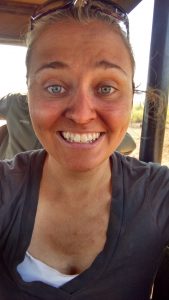
Africans historically had little say in what happened within Kruger and were either kicked out and moved into black “homelands” or forced to pay rent with cash or labor. No blacks were even allowed inside the park until the 1980s. Therefore, many black Africans do not view Kruger as a symbol of national pride, but rather as part of a government structure that has systemically discriminated against them. Even now, Kruger is a place that is inaccessible to many of the impoverished black South Africans living in the communities surrounding the park. The official policies of inequality may have changed, but inequality is still very much a reality; these people are still enduring unjust hardships while wealthy whites go on safari. I enjoyed touring around Kruger but I recognize my privilege in being able to do so. I hope that the future of Kruger involves a more diverse array of tourists because this is a place everybody should experience.

